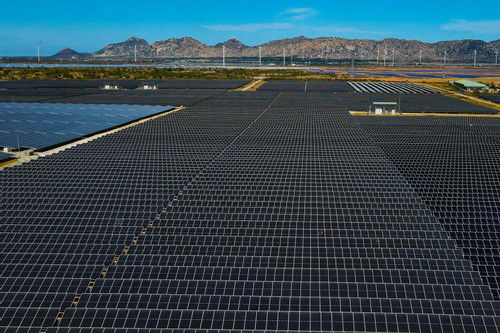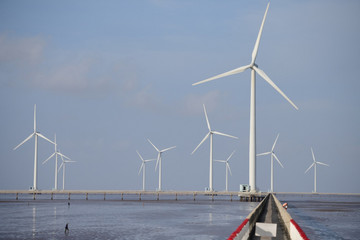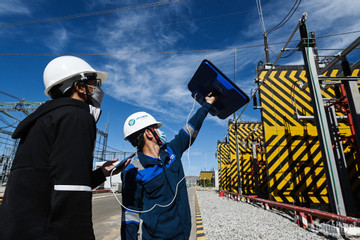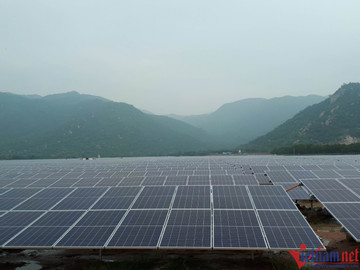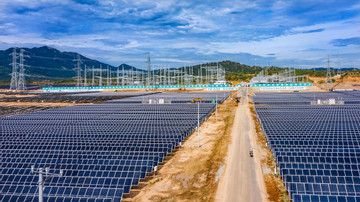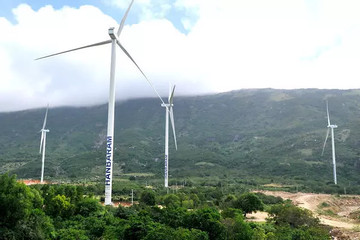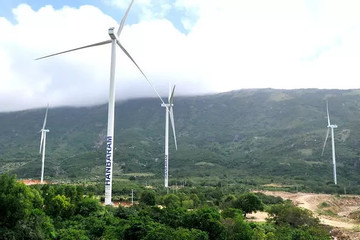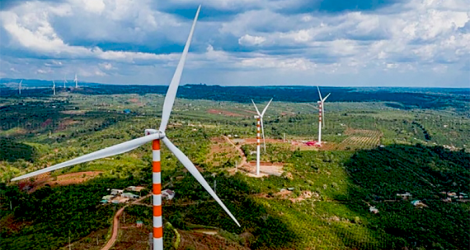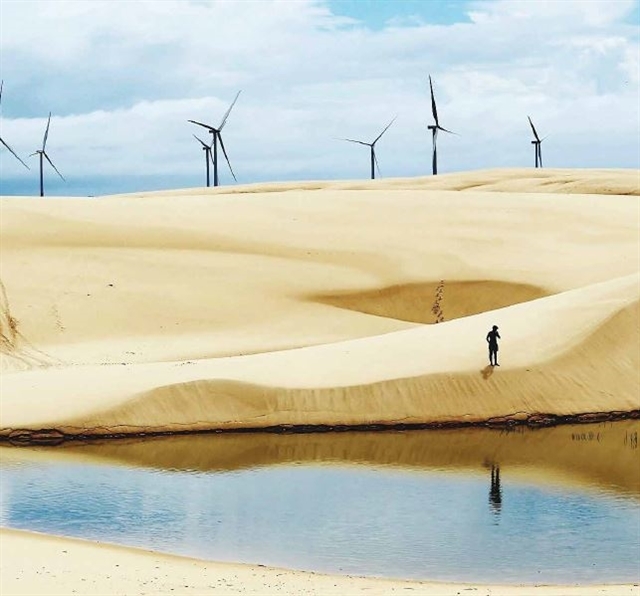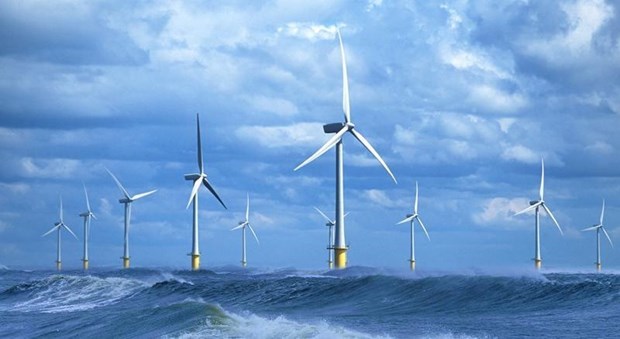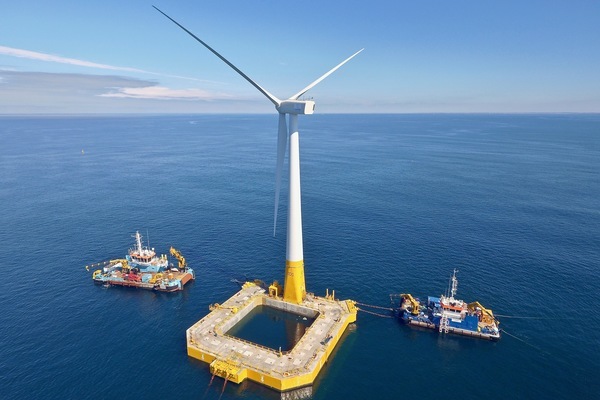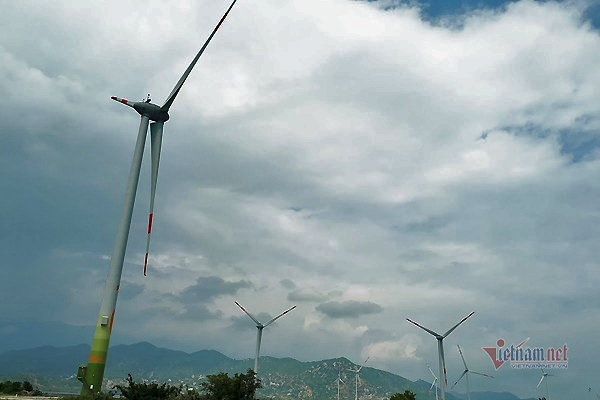- © Copyright of Vietnamnet Global.
- Tel: 024 3772 7988 Fax: (024) 37722734
- Email: evnn@vietnamnet.vn
FIT
Update news FIT
NA delegation points out problems in wind, solar power development
The FIT (feed in tariff) electricity pricing policy spurred development of wind and solar power in Vietnam, but solutions to electricity purchase pricing after the FIT ended has caused policy interruption.
Wind-power future is in doubt
The future for investors of wind power projects remains unclear.
Trung Nam solar power project: thousands of solar panels covered with dust
The 450MW solar power project in Ninh Thuan province faces a dilemma: 40 percent of its capacity still cannot be sold, causing a big loss to its investor, the Trung Nam Group.
Renewable energy bidding policy is still not being applied: MOIT
At present, while choosing investors for electricity projects, except for BOT projects, the electricity selling price is still not being considered. Only after being chosen will investors begin negotiating for a power purchase agreement (PPA).
Deputy Prime Minister tells MOIT to handle Trung Nam solar power project
The Ministry of Industry and Trade (MOIT), which has oversight management of the electricity sector, is responsible for the supervision of proposals by Trung Nam Thuan Nam Solar Power to stop the usage of electricity without fixed pricing.
Determining solar, wind power prices still problematic
The electricity prices of many wind and solar power projects have yet to be determined following the expiration of the FIT (feed in tariff) policy, worrying investors.
62 wind-power projects unfinished: MOIT comes up with new solution
The Ministry of Public Security (MPS) is collecting information about credit contracts, outstanding loans and debt classification of project developers, while the Ministry of Industry and Trade (MOIT) has proposed new mechanisms for the projects.
Power plan to include net-zero emission commitment
The Ministry of Industry and Trade’s (MOIT) report to the Prime Minister on the eighth power development plan (PDP VIII) shows considerable changes in installation capacity.
Wind turbines are idle, wait for new policies
The fate of unfinished wind power projects which failed to enjoy the FIT (feed in tariff) because they could not become operational prior to November 1, 2021 is uncertain.
Why are foreign investors interested in Vietnam's electricity industry?
Maintaining FIT prices for those who failed to meet deadline and reimplementing nuclear power projects were among issues raised by foreign investors at the Vietnam Business Forum 2022.
Economic transformation needed to reach net-zero emissions
As commitments to reach net-zero greenhouse gas emissions by 2050 increase across the globe, the question of how these commitments can be met and the corresponding economic transformation managed becomes ever more central.
Norway to partner with Vietnam to "awaken" offshore wind power potential
Norwegian Ambassador to Vietnam Grete Løchen and Commercial Counsellor Arne-Kjetil Lian recently have handed over the 'Vietnam Supply Chain Study Report' to Vietnamese Minister of Industry and Trade Nguyen Hong Dien.
Millions of US dollars poured into green growth projects
Capital flows into green growth projects have still seen positive signals despite adverse impacts from the COVID-19 pandemic on foreign direct investment (FDI) in Vietnam.
Offshore wind power: unpredictable 'waves' as investors wait for decision on tariff
Many offshore wind power investors are holding their breath waiting for the next move of the Ministry of Industry and Trade and the Government.
Offshore wind power still has great potential
Many large corporations want to develop offshore wind power projects in Vietnam, but existing bottlenecks have made them hesitant to proceed.
Wind power: investors wait for PM’s decision on Feed-in-Tariff price
The Feed in Tariff (FIT) price of VND2,000 per kwh will expire in seven months, but the price for the next period has not been fixed yet.
Vietnam to develop wind, solar power, but safety concerns exist
Wind and solar power continues to be prioritized but solutions are needed to ensure the safety of the electricity system when operating volatile sources of energy.
Wind, solar power projects complain about VAT refunds
Wind power developers, who are running against time to put their projects into operation prior to November 2021, now face another problem: they may not get a VAT (value added tax) refund because of certain regulations.
Wind power investors warned about risks of overdevelopment
Many wind power projects are being developed at a time when the transmission line has become overloaded. As a result, there could be difficulty selling power.
In wind-power metropolis, land is as expensive as gold
In Huong Hoa, called the "wind-power metropolis" of Vietnam, one sao (1 sao = 360 square meters) of hilly land is priced at VND4 billion.
